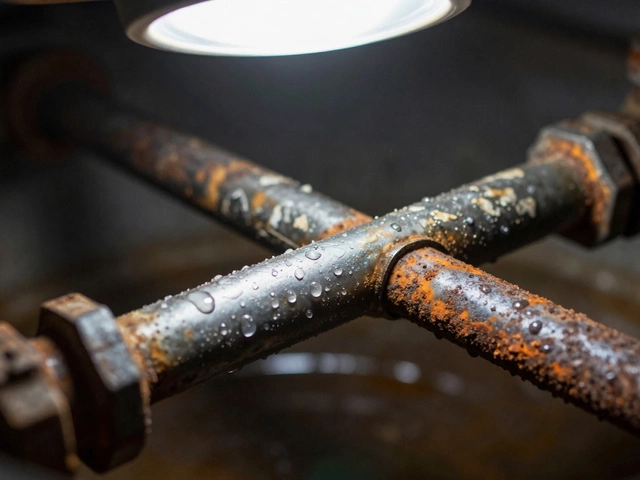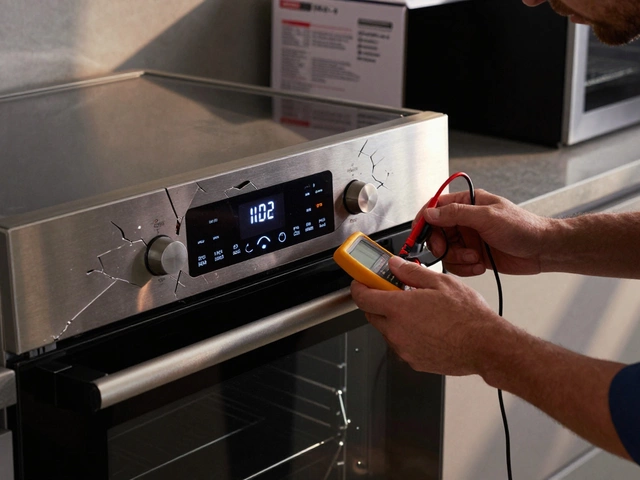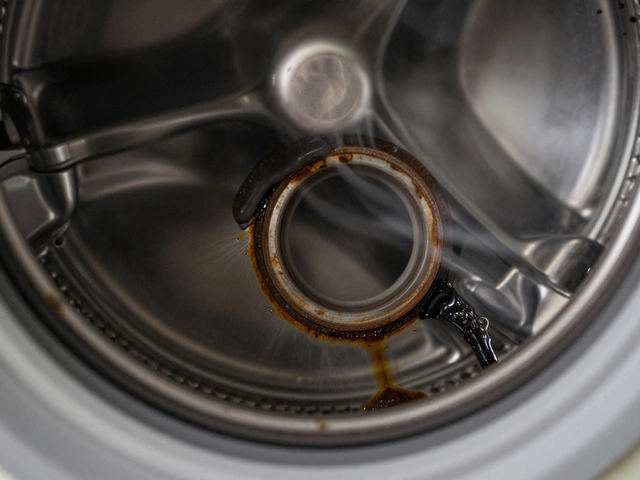Energy Bills – Simple Ways to Cut Costs with Appliance Care
If your electricity bill feels like a mystery, start looking at the appliances in your home. A leaky fridge, a faulty oven, or a noisy dryer can waste power even when they’re not in use. Fixing or maintaining them isn’t just about avoiding breakdowns – it directly lowers the amount you pay each month.
First, understand that every appliance has an energy rating. Older models often run hotter, use older motors, or have worn‑out seals. Those inefficiencies turn into extra kilowatt‑hours. By repairing the problem parts – a broken heater coil, a clogged filter, or a worn belt – you restore the device to its original efficiency. In many cases, a quick fix can save the same amount of money as buying a brand‑new unit.
Why Repairs Matter for Your Bills
When a refrigerator door doesn’t seal properly, the compressor works harder to keep the interior cold. That extra work can add up to 10‑15% more electricity use. Replacing the gasket is a cheap DIY job, but even a professional repair will cost far less than the extra energy you’d spend.
Washing machines offer another clear example. An unbalanced drum or a failing motor makes the machine run longer cycles, drawing more power. A service call to balance the drum or replace the motor can shave dozens of pounds off your monthly bill.
Even small appliances like microwaves can be culprits. A faulty magnetron or a loose door latch forces the unit to run longer to heat food. Replacing the magnetron or tightening the latch restores normal cooking times and cuts wasted energy.
Easy Steps to Save Energy
1. Schedule regular maintenance. Set a reminder once a year to have a professional check your fridge, boiler, and heating pump. A quick inspection can spot worn parts before they become energy‑guzzlers.
2. Clean filters and vents. Dust on condenser coils or clogged dryer vents makes appliances work harder. A few minutes of cleaning each season can improve performance dramatically.
3. Upgrade to smart controls. A programmable thermostat or a timer for your water heater stops machines from running when you’re not home. You’ll notice the savings on the next bill.
4. Repair before you replace. Ask a local technician for a cost estimate on the fix. If the repair is under half the price of a new model, it’s usually worth doing.
5. Watch for warning signs. Strange noises, longer cycle times, or excess heat are hints that something’s off. Ignoring them lets the problem get worse and the bill climb higher.
By staying on top of appliance health, you keep your home running smoothly and your energy bills under control. It’s not just about fixing things when they break – it’s about proactive care that saves money every month.
Ready to lower your next energy bill? Start with a quick visual check of your fridge seal and dryer vent, then call a trusted local repair service for any issues you spot. Small actions today lead to big savings tomorrow.
29 May 2025
·
0 Comments
Wondering if your heat pump is on its last legs? This article breaks down the top signs that your heat pump might need replacing, not just a quick fix. Learn about weird noises, rising energy bills, and constant repairs. Get practical tips on recognizing when repairs just won't cut it anymore. Find out how catching these signals early can save you money and headaches.
Read more






